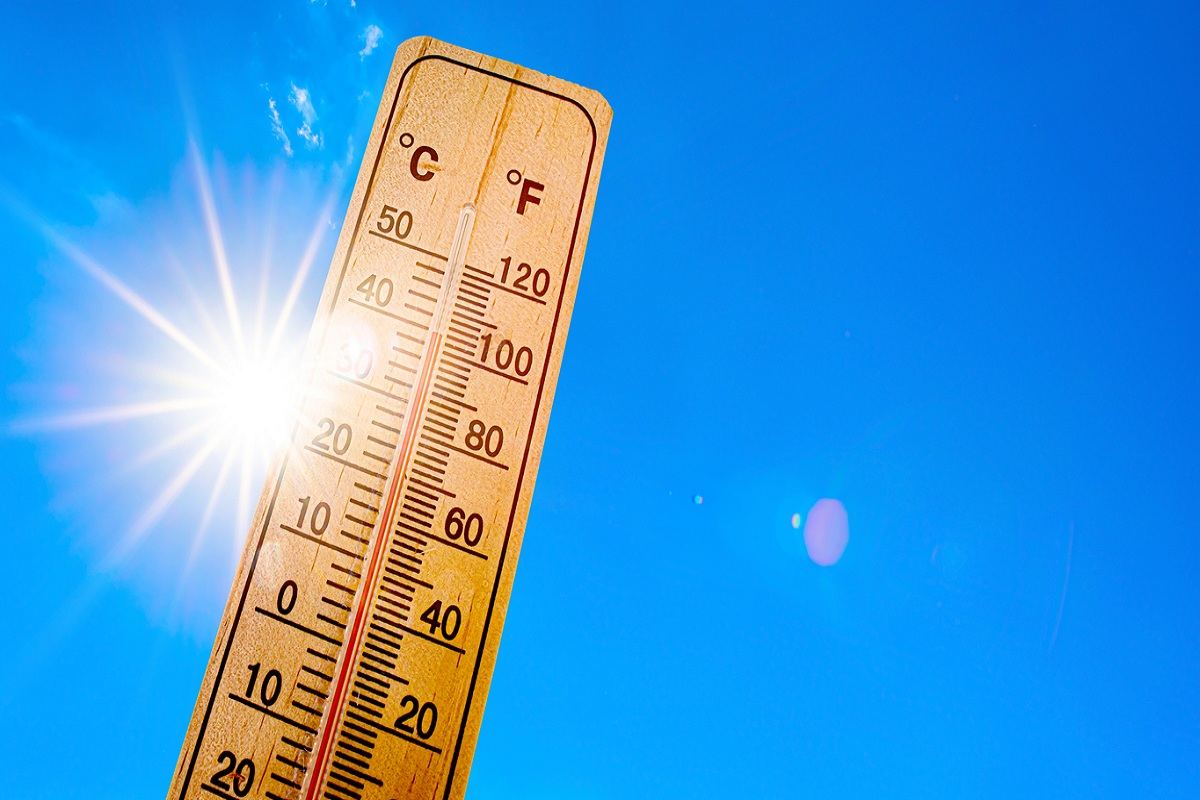As heat waves threaten economic growth and health and test resilience across Indian states, measures must be taken to tackle the rising impacts of heat and the resulting changes in monsoon patterns.
Senior officials and experts from Tamil Nadu, Maharashtra, and Odisha at the National Conference on Heatwave and Changing Monsoon Patterns shared learnings on mitigation, adaptation and the need for funds to strengthen respective state strategies, even as the country continues to reel under record-high summer temperatures.
Advertisement
Heat is a multidimensional problem, said Tmt Supriya Sahu, Additional Chief Secretary to Government, Environment, Climate Change and Forest Department, Government of Tamil Nadu, “Heat mitigation needs to be addressed urgently for a state like Tamil Nadu. Even a small increase in heat can have an adverse impact on the quality of life, biodiversity, and health.
“There is no single solution to heat. Multiple strategies have to be deployed to address this multidimensional problem. We also need to create an enabling environment for people to access heat mitigation strategies. The Tamil Nadu Urban Green Mission, Green Climate Company, Wetlands and mangrove restoration are solid steps taken to handle the climate crisis.”
Sudha Ramen, Member Secretary, Tamil Nadu State Planning Commission, said that heat is no longer just a climate or environmental concern; it has to do with the well-being of people. It has socio-economic aspects. “75 per cent of the labour force and 40 per cent of the Indian economy is very vulnerable with respect to heat, and this calls for immediate attention to why we should have a heat action plan, and this plan should percolate down from the state level, district level and even to the city level.
“The built environment traps a lot of heat. And creates a heat island effect. But it is also the night temperatures that are a huge concern with respect to the vulnerable communities who do not have access to the active cooling solutions.”
Thiru A R Rahul Nadh, Chief Mission Director, Tamil Nadu Climate Change Mission and Director of the Department of Environment and Climate Change, said, “The state faces an increased number of heat stress days, notably from March to August, with a rising trend in heat waves observed from 1961 to 2021, as per the Ministry of Earth Sciences. More recently, from 2021 to 2023, that is, the last couple of years, recorded an annual average of 300 discomfort days, resulting in a daily productivity decline of 3 to 4 hours. This is a concern for a state like Tamil Nadu, which is a leading manufacturing hub and industrial powerhouse.
“We must prioritise justice and equity in our response to the climate crisis because those who are least responsible for climate change are often the ones who bear its heaviest burdens. For example, the Indigenous people, the marginalised communities and future generations are disproportionately affected by the impacts of heat waves and changing monsoon patterns, yet they have the least resources to cope and adapt. As we chart a course forward, we must ensure that our actions are guided by the principles of environmental justice, human rights and intergenerational equity.”
Thiru T Jayaraman, Senior Fellow, MS Swaminathan Research Foundation, says, “We heard a lot about heat in the urban setting. But I think it is much more complex in the rural areas. We have heat wave action plans coming from the IMD, etc., which are either district-scale or urban centric. We really do not have rural heat wave action plans. And I think we must think this through specifically. So, formulating rural heat wave action plans is, I think, a very important step forward.
“Development is the first criteria or first line of defence for adaptation and mitigation, both. But within that, what is the balance you choose between climate and development is essential. And this is a very important thing to think through.”
“The second point I want to make very quickly is about the balance between mitigation and adaptation. Adaptation, as many of you have experienced, is a little bit nebulous. You know, there is a whole debate about whether you want output indicators or outcome indicators. It will take time to actually see the impact of outcome indicators, whereas mitigation is very simple. You can pin it down, and it is very quantifiable, etc. In a country like India, where our contribution to the global carbon budget is measly some four per cent or 3.5 per cent, our contribution to the cumulative increase in emissions and temperature is so minimal that our focus should really be on adaptation.”
Aarti Khosla, Founder Director of Climate Trends, said, “Cities are warmer due to the ways they are developing and getting urbanised, making it necessary to build an understanding of how to combat extreme weather events. We haven’t even started to think of heat action plans for rural areas. The need to simplify short- and long-term solutions for managing heat and making them understood by citizens, students, communities, and industry is where it will matter most on the ground.”
Report by Climate Trends









